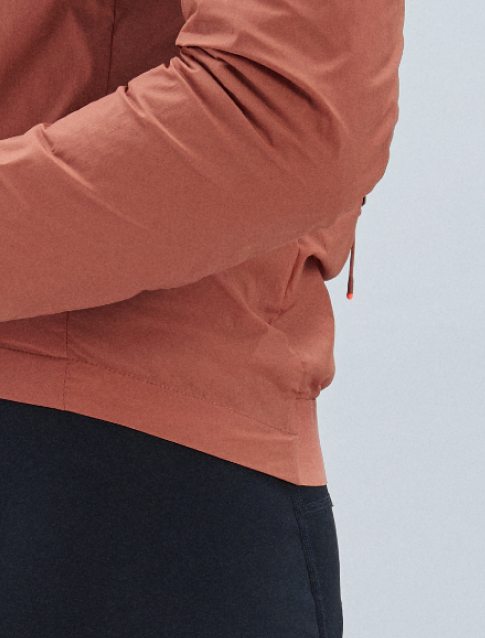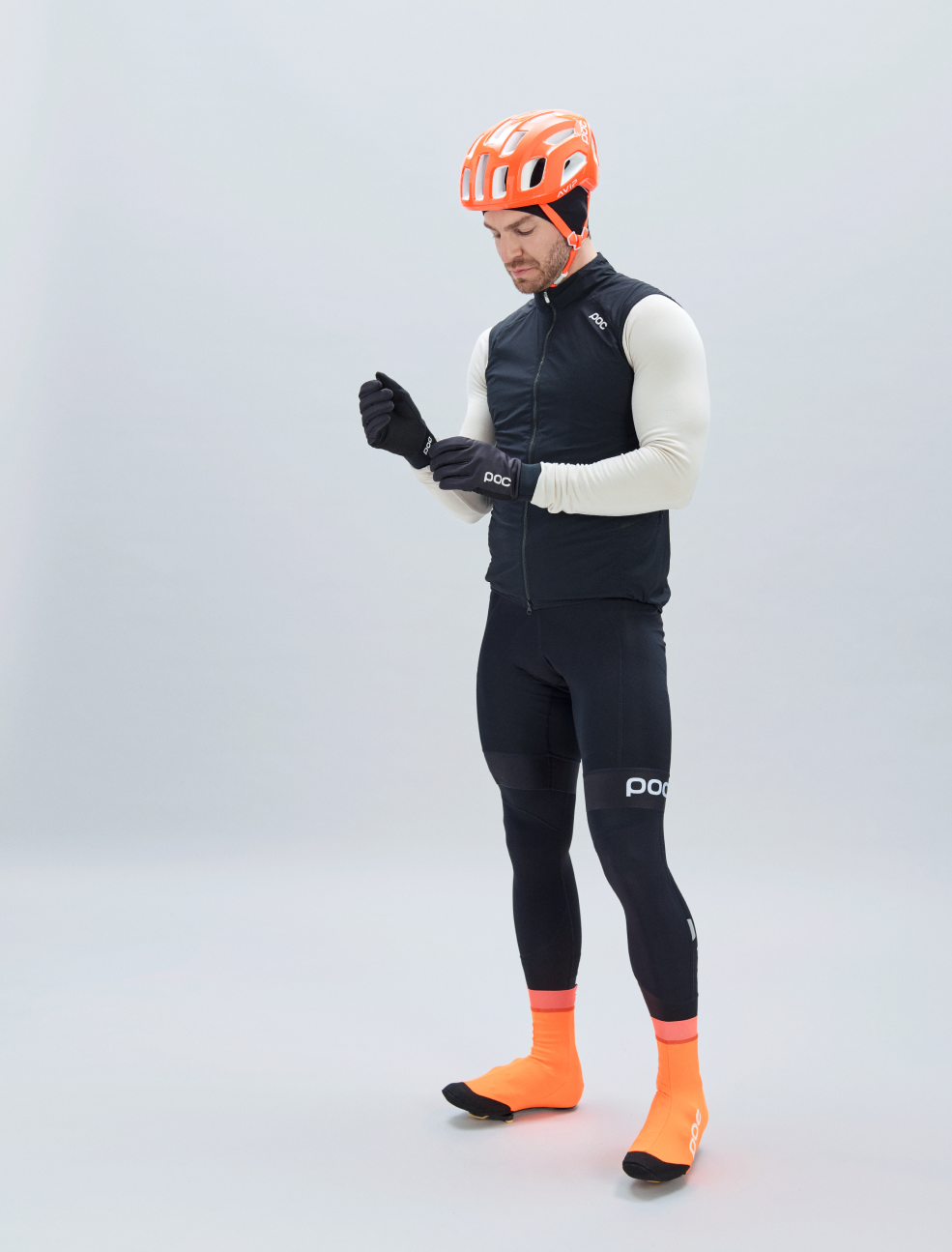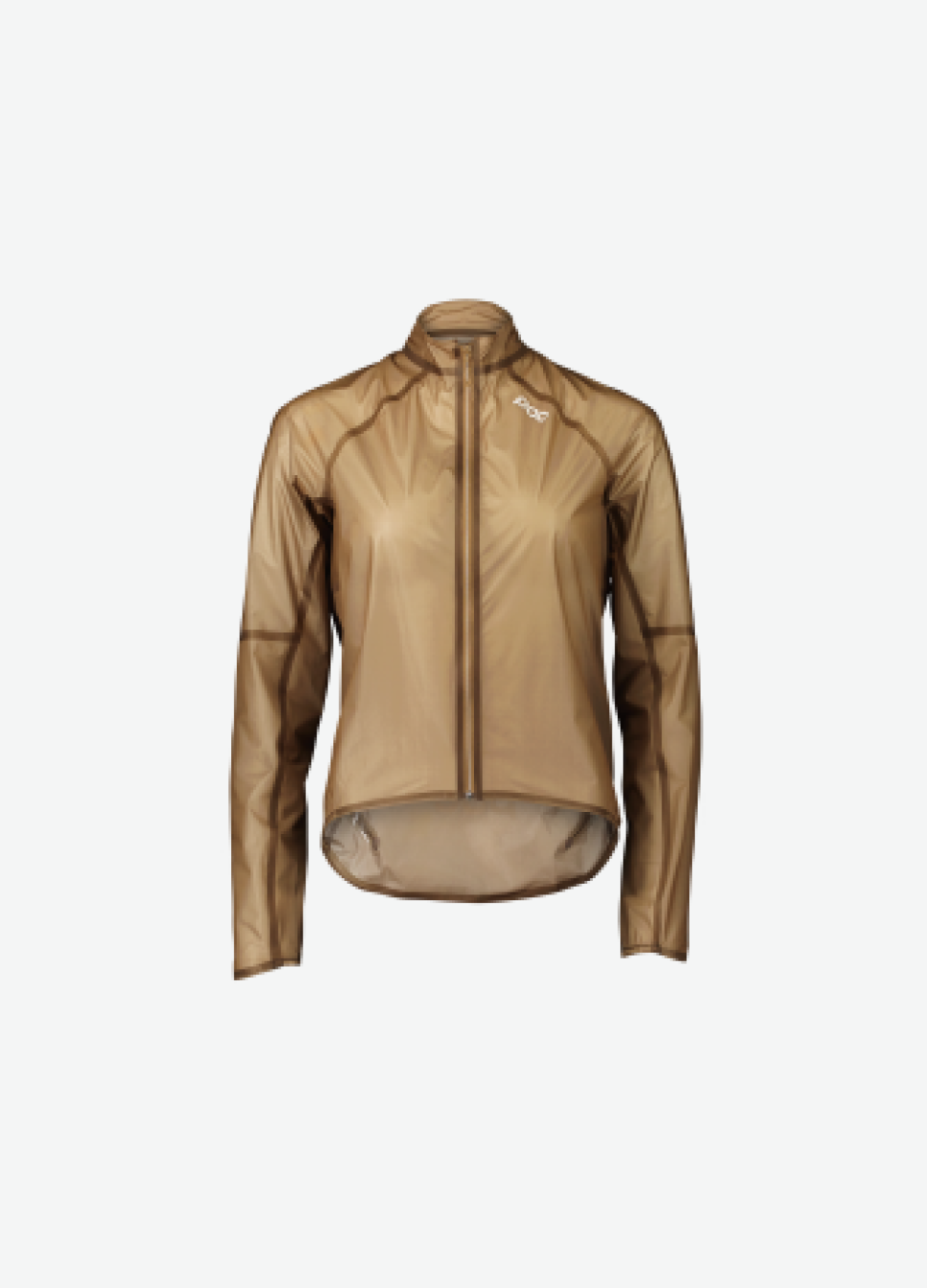THE PRINCIPLE OF LAYERING
No matter where you are in the world or how you experience the cold, the principles of layering remain the same. While many are familiar with the principles of layering, there is a science in how to layer for the conditions.
READ the science Build your layersTHE PRINCIPLE OF LAYERING
No matter where you are in the world or how you experience the cold, the principles of layering remain the same. While many are familiar with the principles of layering, there is a science in how to layer for the conditions.
READ THE SCIENCE BUILD YOUR LAYERSTHE BASICS
Even though we may use different items for different weather conditions and intensities of ride, the foundation of all layering is the 3-layer principle. First, a base layer to aid with moisture management, second a mid layer to aid and support insulation, and finally an outer layer whose primary purpose is to protect from the weather.
Whether riding on low- or high-intensity rides, this key principle remains the same: what changes is which garments we choose to build layers with. This is affected by how we experience the cold, taking into consideration factors like humidity and wind levels as well as past experience.
As Swedes, we have grown up riding through long winters. We make apparel designed to ensure you feel comfortable in the coldest conditions of the frozen North.


THE BASE LAYER
The primary function of the base layer is to aid moisture management. It effectively moves moisture away from the body, ensuring you feel dry and comfortable for the duration of a ride.
THE MID LAYER
The most flexible of the three layers, the mid layer’s primary purpose is insulation. As well as the air trapped between each layer, the mid layer traps air within the garment. Choose something with more loft for extra warmth.
THE TOP LAYER
The main function of the outer layer is weather protection. Here, things like water or wind protection and moisture vapour permeability are the most important factors to consider.
AIR IS THE INSULATOR
It’s the air that insulates us. With tighter layers, less air gets trapped between them, which affects your warmth. But as well as how tight or loose the fit is, whether a garment is open or fitted around the waist is important to consider, as this affects how well air is contained.
The same principles apply when building your layers, no matter whether you are riding road, gravel or MTB. Looser, baggier garments generally allow for more airflow, and as a result are slightly less effective for insulation.

LOOSER, BAGGIER GARMENTS WILL GENERALLY ALLOW FOR MORE AIRFLOW

LOOSER, BAGGIER GARMENTS WILL GENERALLY ALLOW FOR MORE AIRFLOW

CONSIDER HOW A GARMENT FITS AROUND THE WAIST, AS THIS AFFECTS HOW WELL AIR IS CONTAINED.

CONSIDER HOW A GARMENT FITS AROUND THE WAIST, AS THIS AFFECTS HOW WELL AIR IS CONTAINED.
BODY MAPPING
Layers are the foundation, and the upper and lower body will have different needs, but when you map your body on a ride the bit that generally feels the cold first is your hands and feet. Hands and feet are like the canary in the mine; when you feel cold there you generally know it won’t get better elsewhere.
So, remember to take care of your extremities: good thermal gloves, booties and socks will warm the coldest day and will also make you safer as warm hands are critical to be able to react on cold, slippery and dark rides.


















